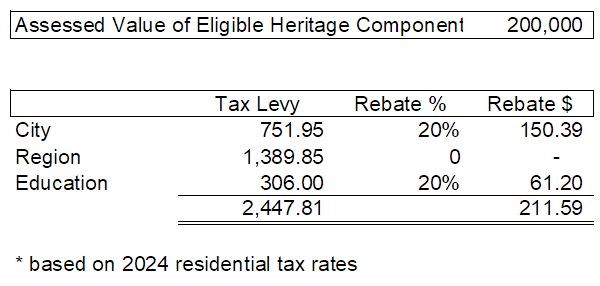Sections 33 and 42 of the Ontario Heritage Act, indicate that a Heritage Permit is required for proposed alterations, additions or demolition to any property that has been individually designated under Part IV, Section 29 of the Ontario Heritage Act. A Heritage Permit is also required for proposed new construction, changes, additions or demolition to a property located in a Heritage Conservation District designated under Part V of the Ontario Heritage Act.
Designated Heritage Properties are subject to guidelines that direct how alterations to the building and site can be carried out. When considering an alteration to a Heritage Property, the owner of the property is required to submit the proposal to the City for approval prior to commencing work, and may need to apply to the City for a Heritage Permit.
Depending on the scope of the proposed alteration, the property owner may be granted approval at a staff level for minor works. Larger projects may require review for approval through the Heritage Advisory Committee or City of Pickering Council.
Prior to submitting an application for a Heritage Permit, property owners are strongly encouraged to contact the City Development Department at 905.420.4617 or email citydev@pickering.ca.
Types of alterations that may require a Heritage Permit include:
- Repair, alteration or replacement of exterior building elements including, but not limited to: windows, doors, roof finishes, skylights/solar panels, cladding, cornices, decorative architectural features, porches etc.
- New signage or the alteration, repair and or removal of existing signage
- New lighting or the alteration, repair and or removal of existing lighting
- Additions to a building
- New garages or accessory buildings on the property
- New built elements in the landscape including fences or hard landscaping (walkways, driveways, parking pads)
- Revisions to previously approved permits
- Work in situations that require emergency repair, or are considered to be Health and Safety issues by the Chief Building Official
- Construction of a new building or structure (primary building)
- Removal or relocation of any building or structure
- Demolition of any building or structure































